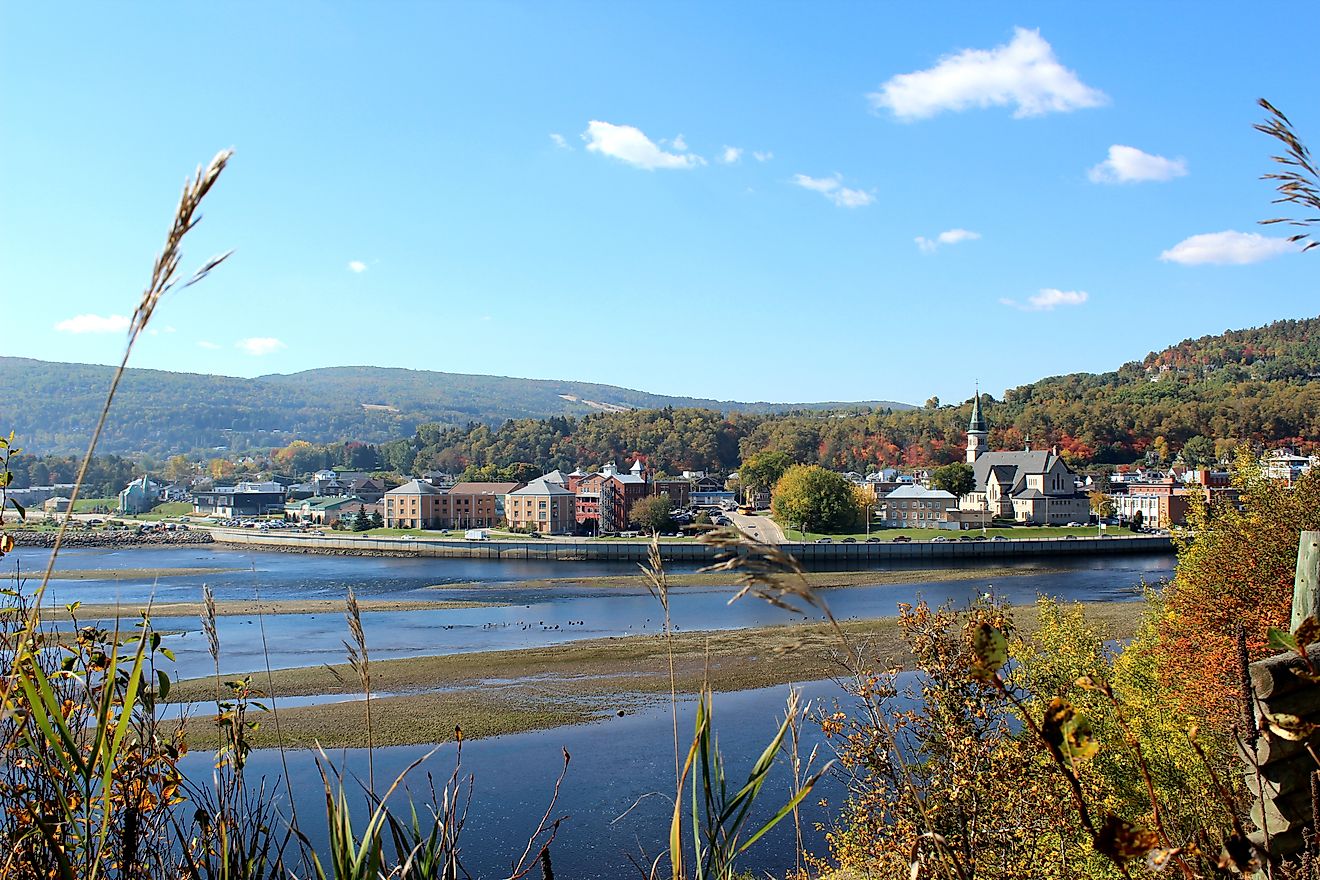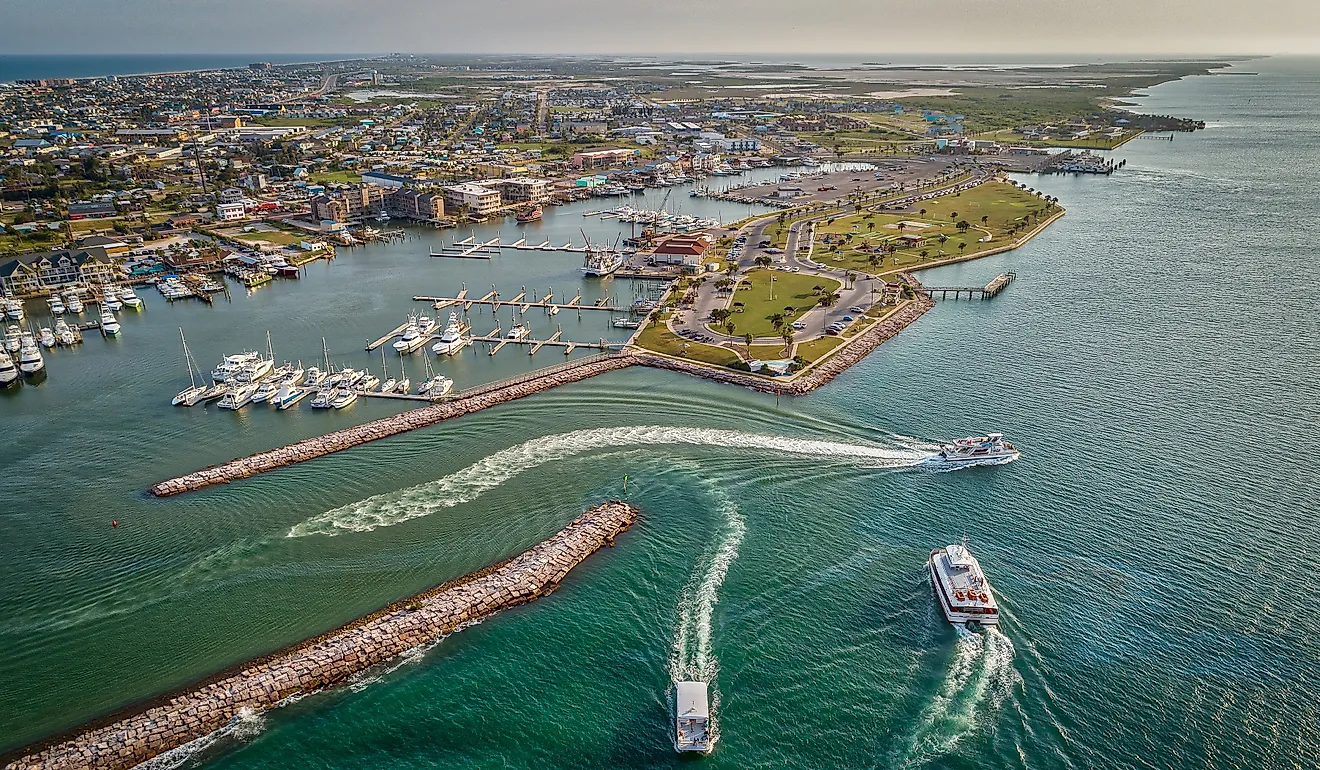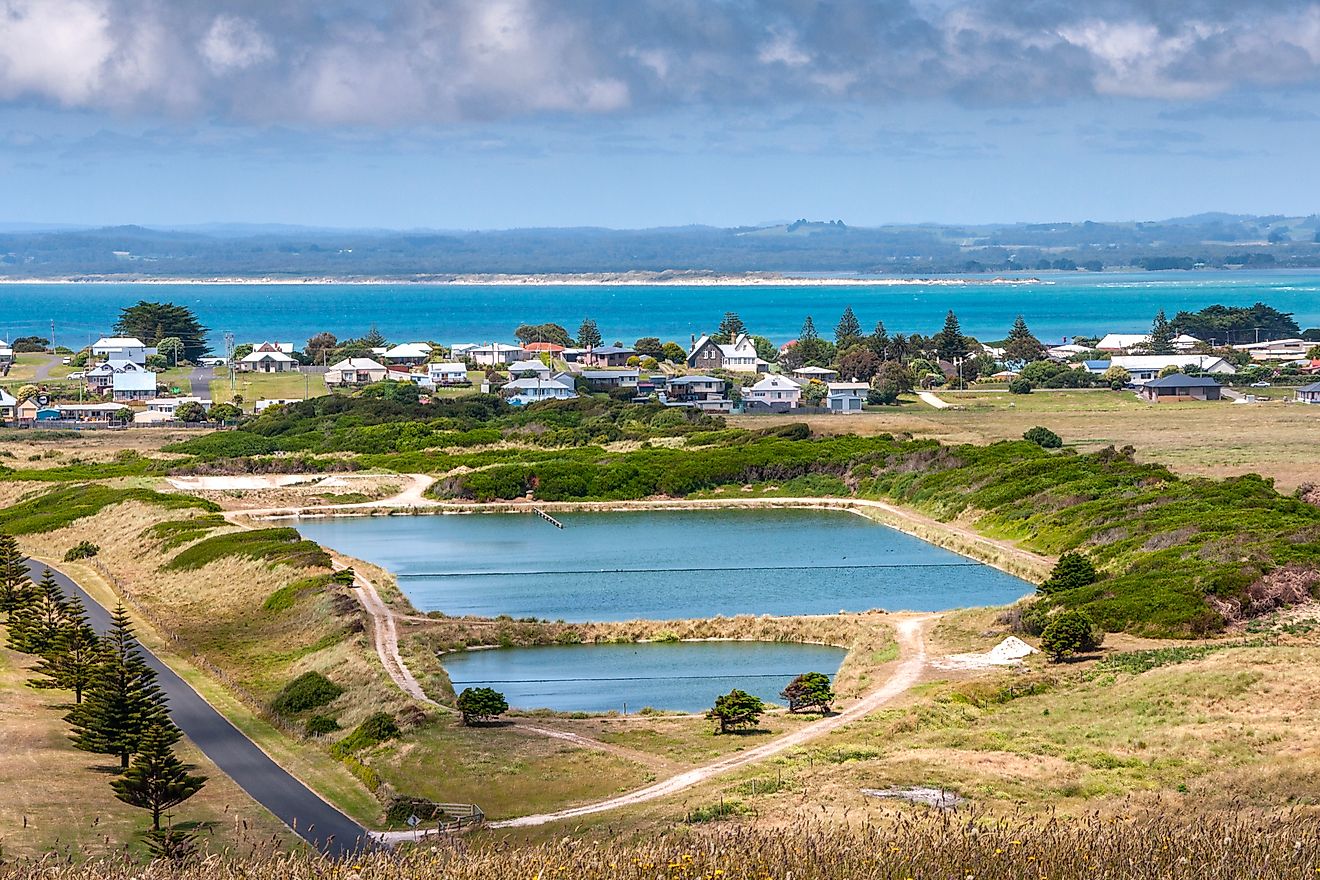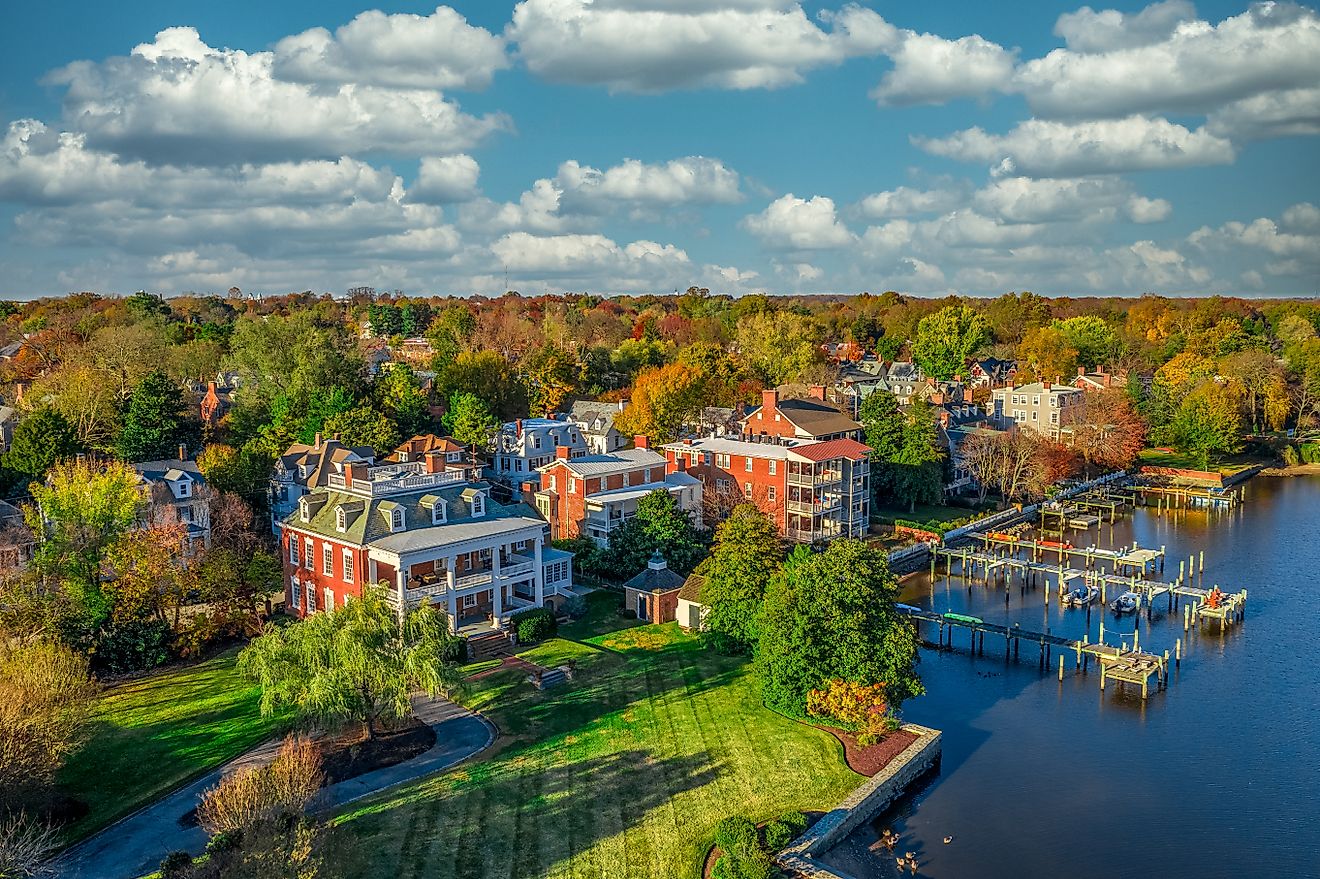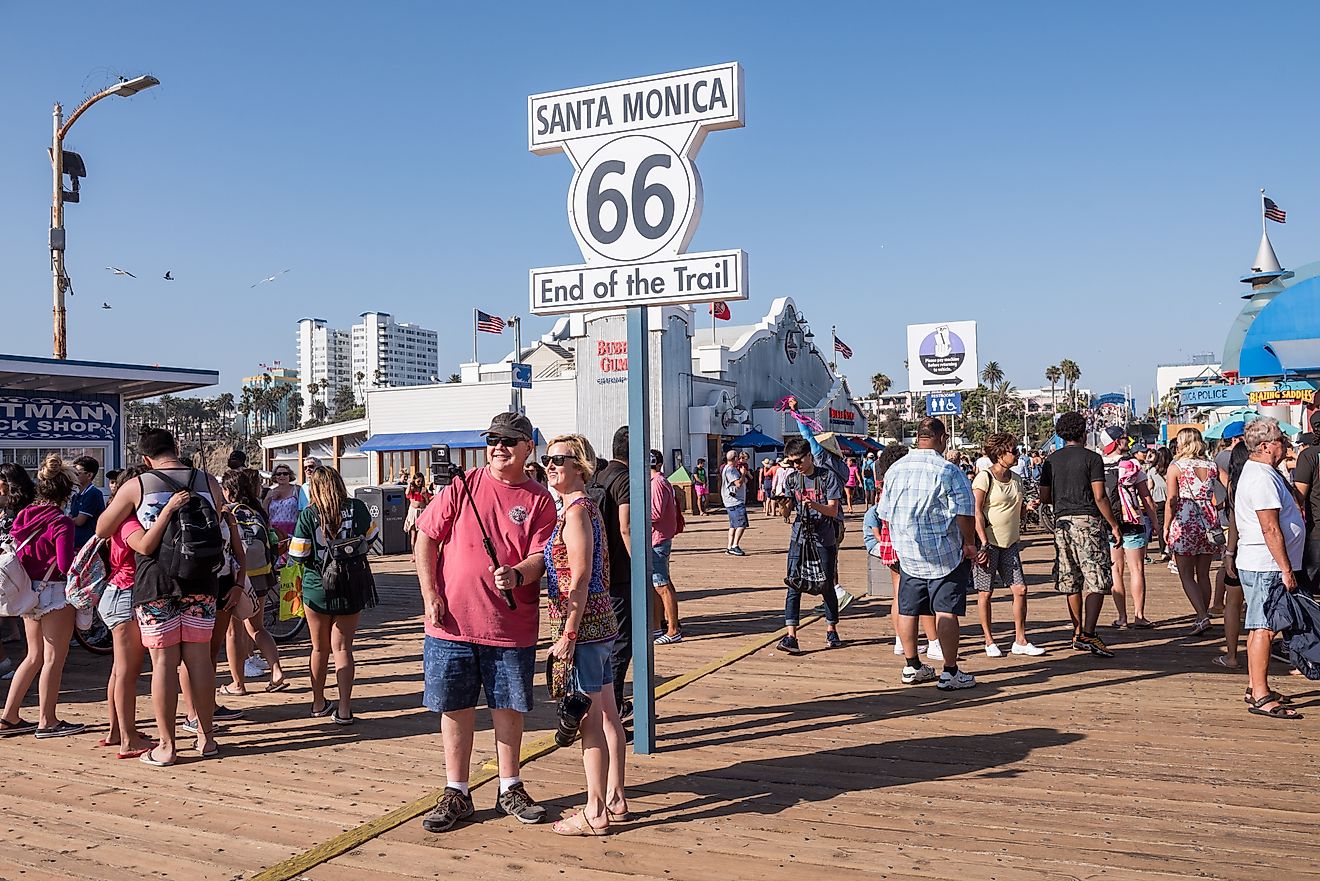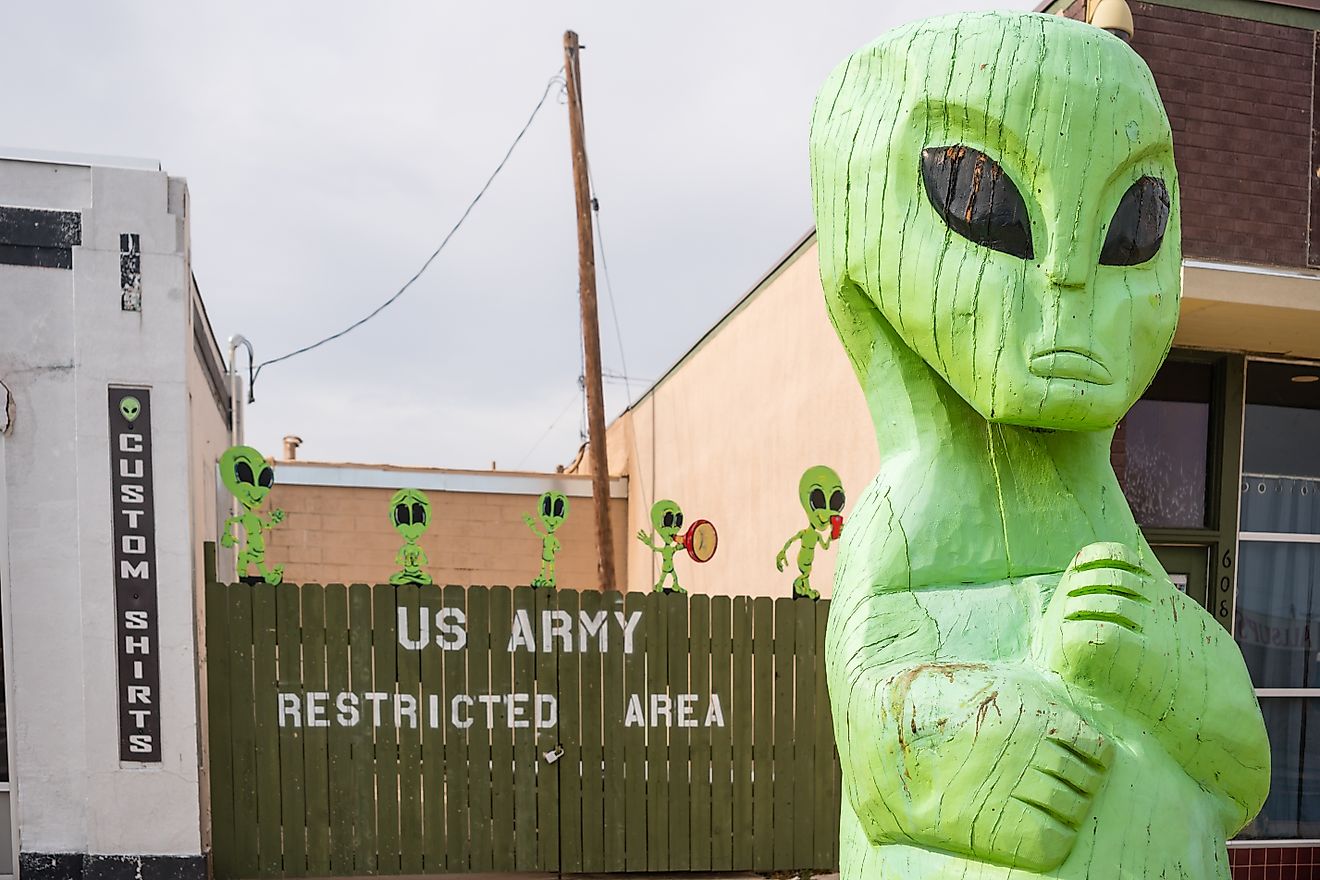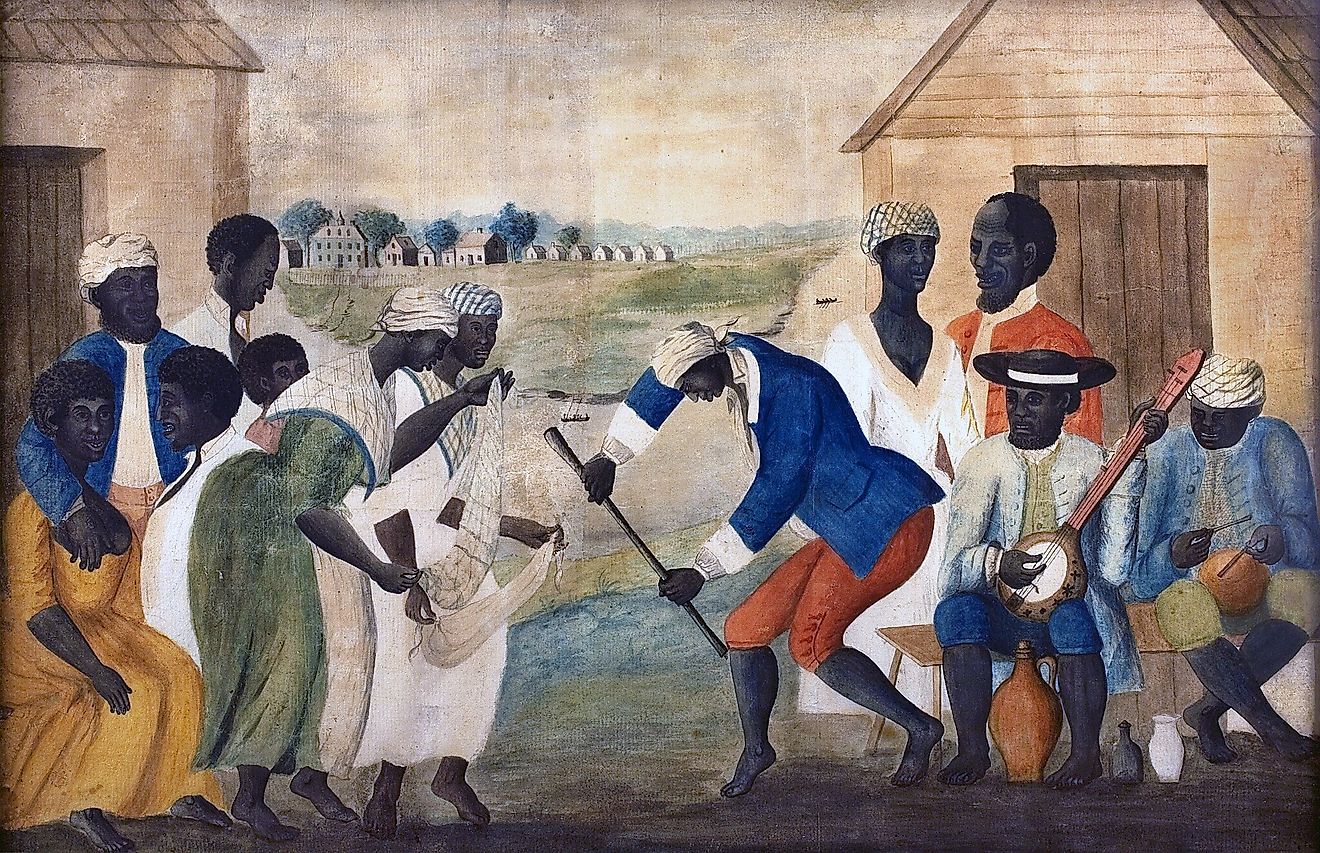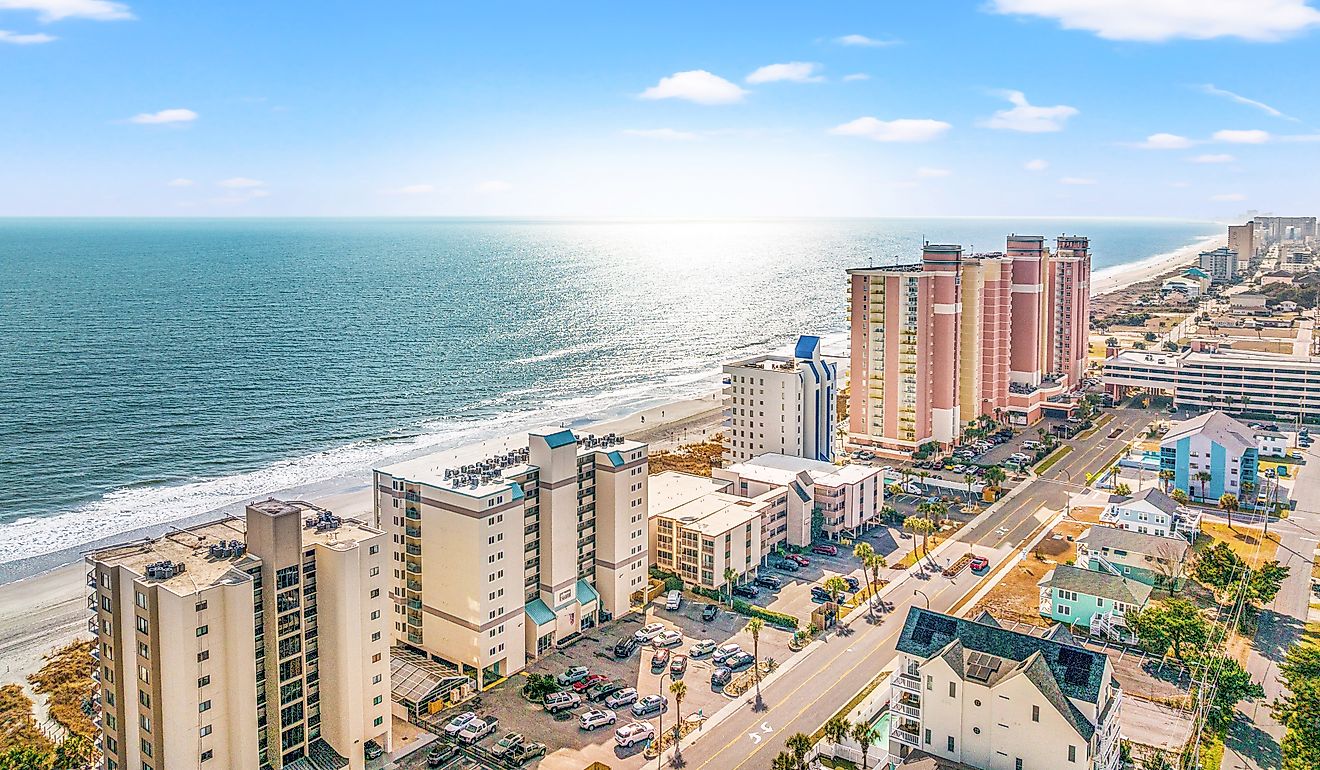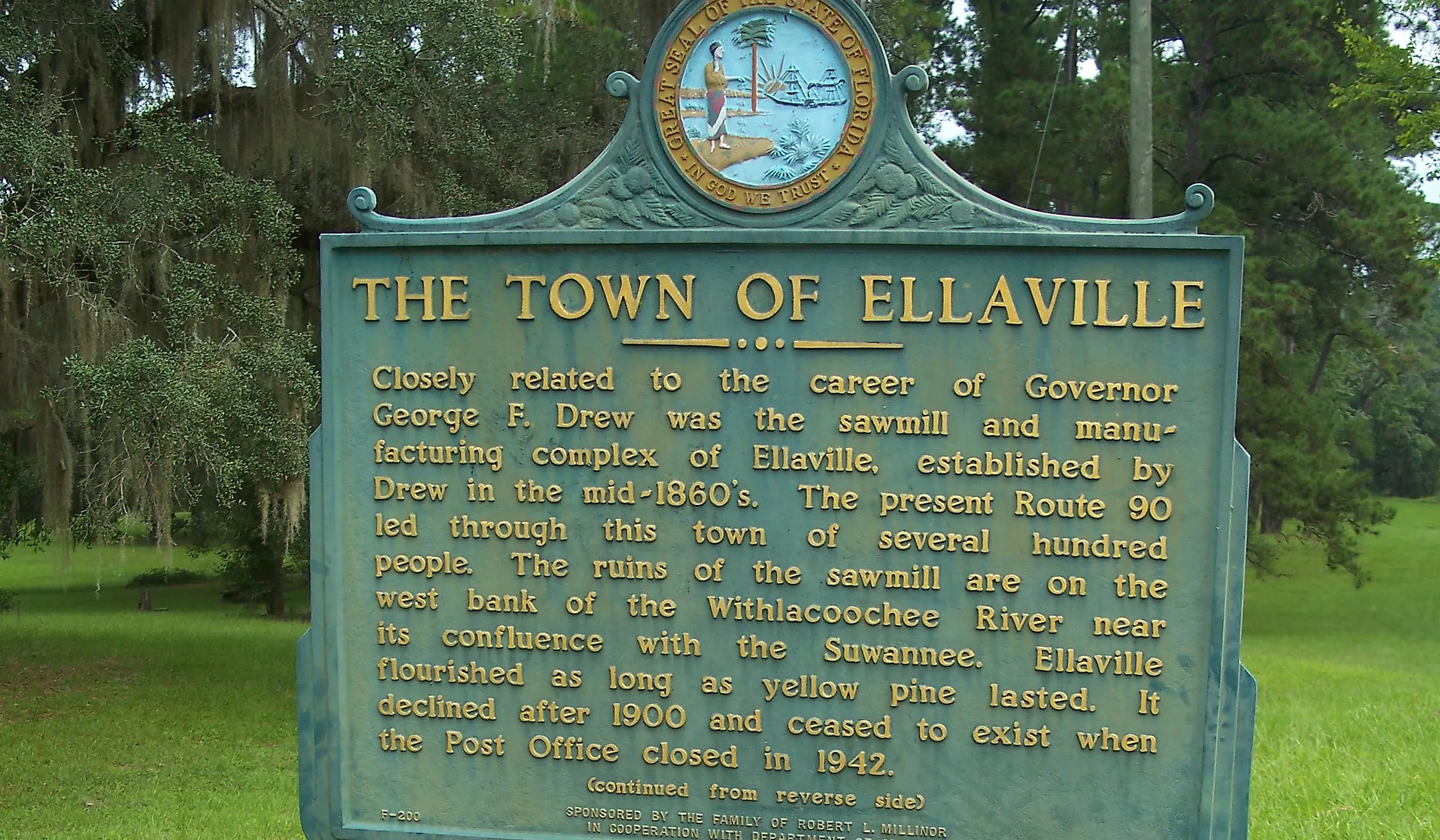
North Florida's Infamous Ghost Town
The ghost town of Ellaville, located in Madison County, Florida, was once a thriving mining community but now sits abandoned. It is one of those classic off-the-beaten-path Florida towns that make for a perfect day trip of exploration and learning. Ellaville's demise and subsequent abandonment are attributed to several factors, including the decline of the logging industry and natural disasters.
Today, the abandoned town attracts history buffs and outdoor buffs to the Suwannee River State Park to hike the 5.5-mile loop around Ellaville. The trail is ideal for hiking, mountain biking, and jogging, offering a unique glimpse into Florida's rich and colorful past.
Ellaville's Boomtown Beginnings
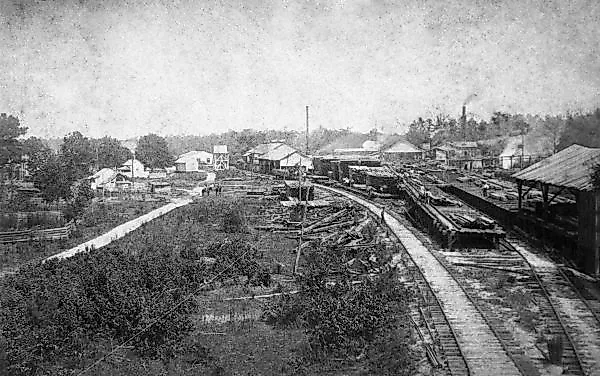
Between 1868 and 1871, Drew was awarded $35,000 by the United States government for being the legitimate owner of 200 bales of cotton captured by military forces during the Civil War. He would use the money and the investment by Prussian immigrant Louis Bucki to expand his thriving sawmill business to North Florida.
Ellaville was founded on the banks of the Suwannee River in 1861 by George Franklin Drew. He named the settlement in honor of a long-time servant and opened the largest sawmill in Florida. The steam-operated sawmill was operated by Drew's partner, Louis Bucki. With 500 employees, the revenue stream sparked an economic boom as the town grew to 1,000 residents, accompanied by a rail line with direct access to the sawmill.
As the town grew, prominent structures included a steamboat dock, a Masonic lodge, two churches, two schools, and a commissary. Drew amassed a fortune within 15 years of building the mill, which earned him the moniker "Millionaire Drew" and a reputation as one of the wealthiest post-Civil War businessmen in Florida.
George Franklin Drew's Legacy
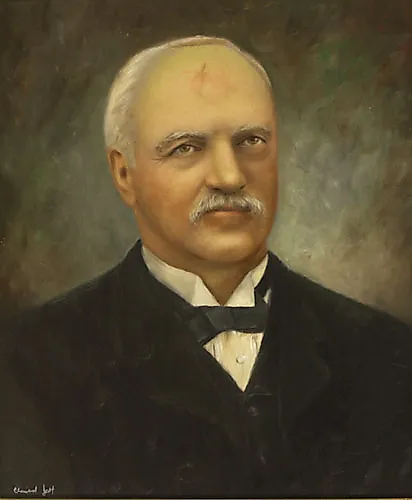
George Franklin rose to prominence by supplying lumber to the Confederacy during the Civil War from his sawmill in Columbus, Georgia. He also had a fledgling salt business in St. Andrews, Florida, but Union soldiers destroyed his equipment in 1862. He then headed to Lee County, Georgia, to start another mill before founding the lumber town of Ellaville. He died in 1900, hours after his wife passed away, and both are buried in Evergreen Cemetery in Jacksonville.
Estate and Governorship
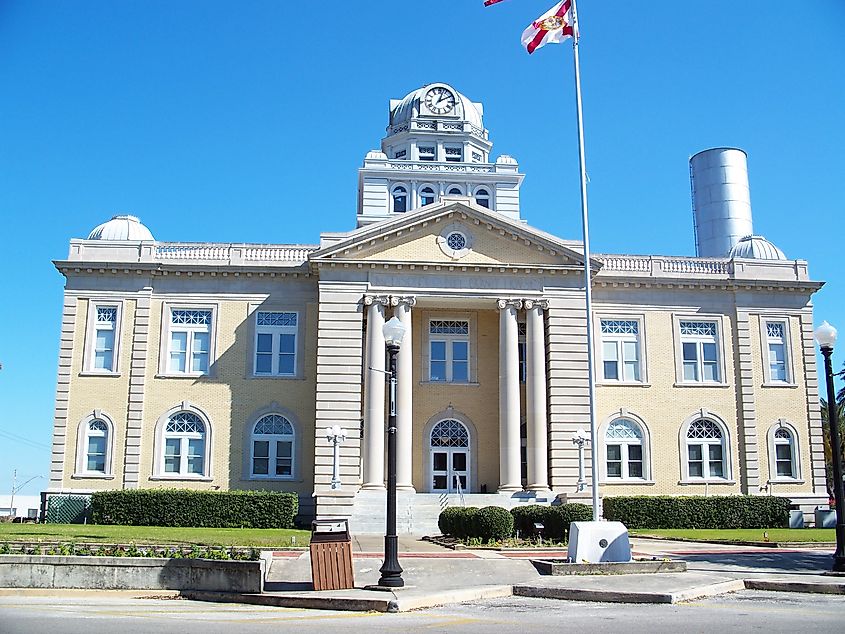
Drew started construction on his estate in 1868 with a two-story mansion surrounded by formal gardens. The elegant home featured 10 rooms with oak parquet floors, a staircase made of imported mahogany, fireplaces topped with marble mantles, and intricate designs on the ceiling. It was also among the first in the area to contain running water, indoor plumbing, electricity, and a telephone.
A short while later, in the early 1870s, Drew was appointed as Madison County commissioner and won a debated election in 1876 as the first post-Civil War governor. After his governorship, Drew sold his shares to Bucki and headed to Jacksonville to pursue other ventures. It was during this interim that the mill, like other agricultural businesses, began to succumb to environmental and economic pressures.
Ellaville's Decline
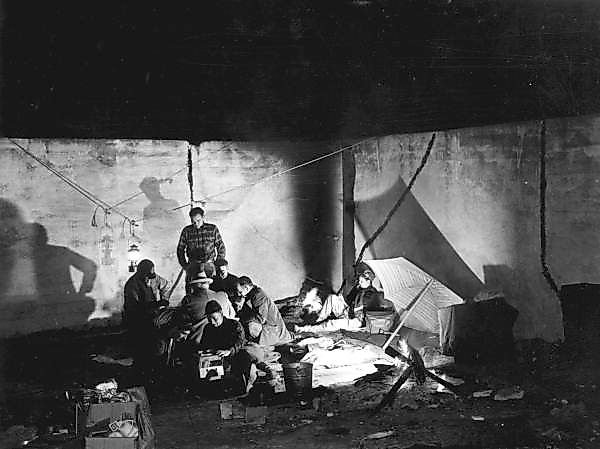
Drew's mansion was occupied by Robert Lee Milliner, a businessman and politician who would later serve in the Florida House of Representatives between 1907 and 1929. He also had a long-term post as Ellaville's postmaster between 1893 and 1912. The Millinor family abandoned the palatial estate in 1911 when six feet of water flooded the home. Reports list a sharecropping family as taking over the first floor afterward, although the records are unclear.
The original mill caught on fire in 1898, a sign of things to come for the short-lived town. The community quickly rebuilt the mill that many were dependent on, but the construction depleted the surplus of harvested yellow pine, which proved to be the mill's death knell. The turn of the century was no kinder, as a rash of flooding, World War I, and the Great Depression ultimately led to the town's closure for good. The post office was the last to close in 1942, when the once-thriving mill town transitioned into a ghost town.
The General Store
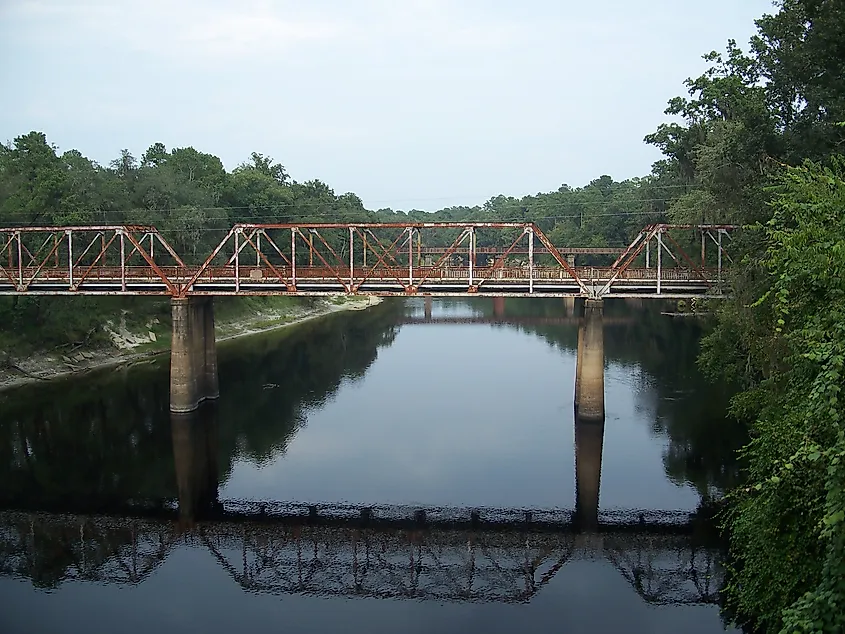
Frederick Stroud operated Ellaville's general store during the early 20th century and would become the postmaster, running the post office from the store, which burned down in 1921. A new face in town, Henry Charles Noegel, was made postmaster and also established the Camp Suwannee Campgrounds, which featured a Gulf filling station, restaurant, and a new general store.
Noegel founded the Suwanee River Store in 1928, a year before he was shot to death in the front parking lot. His wife took over postmaster duties, using one of Camp Suwanee's cottages as the office.
Ghost Town
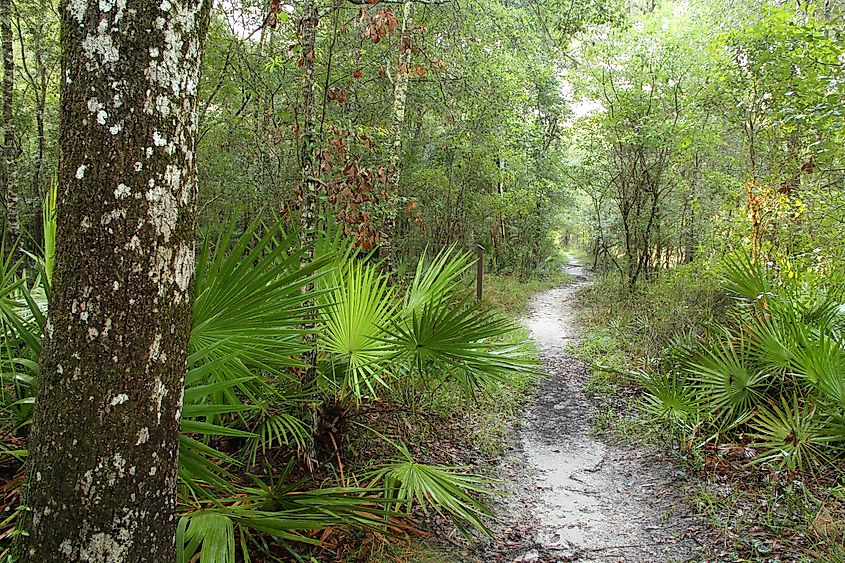
When the post office closed in 1942, it was the final straw for Ellaville, and the town transitioned into a ghost town. Its closure was a culmination of the Great Depression and World War II, which also precipitated the closing of Camp Suwanee due to customer decline.
The town stubbornly clung to its relevance due to its geographical position on the rail line between Jacksonville and Tallahassee. Sadly, the Drew Mansion, after being devastated by flooding and vandalism, was destroyed by fire in the 1970s. The state spent $10,000 in an attempt to save the mansion, but it had been stripped of all its essentials, including fireplaces, and the idea was abandoned.
Today, little exists in Ellaville besides the remnants of the bridge, river store, and fueling station. Views from the bridge include the limestone banks of the Suwanee River and the beginning of the hiking trails. Trails start at the parking lot and picnic area of the Hillman Bridge, and if vegetation is low, you can see the foundation of the Drew Mansion. One of the mill's flywheels is on display at the Suwannee River State Park. There is an old cemetery located on River Road near Highway 90. Many of the surviving residences have new occupants, although many are in a state of disrepair.
